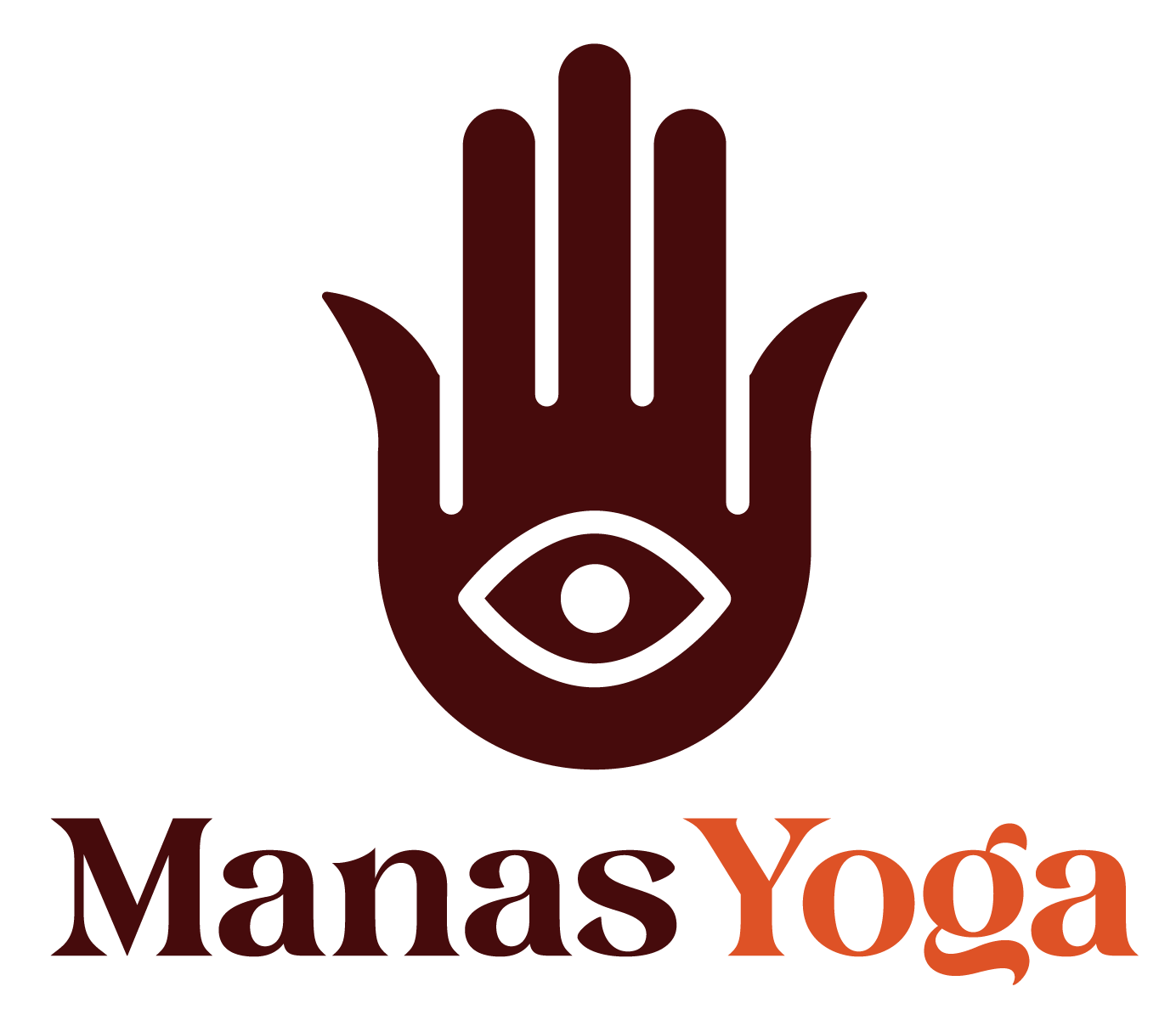The Residue of Asana: The Subtle Magic of What Remains
The Residue of Asana: The Subtle Magic of What Remains
Yoga often feels like a dance between the physical and the intangible, a graceful movement of the body that echoes into the mind and soul. In our asana practice, we tend to focus on the stretch, the strength, and the shape of each pose. Yet, the true essence of asana often lingers in the moments after we release the pose, in the quiet “residue” that remains. This residue is subtle but profound—a feeling, an energy, a shift. It’s the silent imprint each pose leaves behind, and this is where the deeper magic of yoga lies.
What Is the Residue of Asana?
The residue of asana is what’s left after the movement stops and the stillness settles. It’s the hum in the muscles, the soft openness in the joints, or a sense of calm that drifts through the mind. It’s a sensation that may last for a breath or linger all day, like a gentle echo reminding us of what the pose has shifted within us. This residue speaks to a part of ourselves that’s more profound than physical flexibility or strength; it touches our inner landscape.
Why Feeling the Residue Matters
Awakening a Deeper Connection to Self
When we pause to feel the residue, we’re honoring the way each asana interacts with our being. We’re not just moving from one shape to the next; we’re exploring what each pose brings to us on a deeper level. Tuning into these subtle shifts helps us connect more intimately with ourselves, making our practice not just an exercise but a journey inward.
Integration and Transformation
Asana isn’t just physical; it’s a process that moves through layers—physical, emotional, and energetic. Each pose has a unique way of unblocking and balancing us. The residue is the sign that these effects are settling into place. When we allow ourselves to feel this integration, we’re actively participating in our own transformation. For instance, a heart-opening pose might leave a feeling of warmth and vulnerability, while grounding postures may leave us steady and centered.
A Mirror for Self-Understanding
The residue of asana is a gateway to understanding ourselves more deeply. Some poses might leave us feeling light and open, while others might bring discomfort or emotion to the surface. These sensations are clues to our patterns and what we hold within. Noticing how we feel after a pose opens the door to self-reflection, helping us engage with our practice in a way that is healing and compassionate.
Learning the Language of the Body
Our bodies communicate through sensations, feelings, and energy shifts. The residue of asana is like a soft whisper from the body, offering insight into what nurtures us, what challenges us, and what areas we may need to explore further. By paying attention, we begin to understand this language, allowing us to navigate our practice—and life itself—with more respect for our unique needs.
How to Feel the Residue of Asana
Pause and Listen
After each pose, give yourself a moment of stillness. Close your eyes if it feels right, and simply listen to your body, your breath, and your mind. Notice any sensations, from warmth and tingling to openness or calm. This is the residue speaking.
Breathe into the Feeling
Use your breath to deepen your awareness of what remains after the pose. Take slow, mindful breaths, allowing yourself to soften and open. Breathing into the residue helps to illuminate what’s beneath the surface, bringing these subtle effects fully into your awareness.
Approach with Curiosity, Not Judgment
There is no “correct” way to feel after a pose. Every sensation, whether comfortable or challenging, is an opportunity to learn. Approach each residue with curiosity and compassion, honoring your unique experience and what it has to teach.
See Your Practice as a Mirror
Asana residues can reveal more than just physical responses; they reflect parts of our inner lives. If a pose consistently leaves you feeling agitated or peaceful, explore these patterns. They might reveal insights into your life off the mat as well, helping you navigate your emotional landscape with more clarity.
When we practice with an awareness of the residue, our yoga becomes richer, more profound. This practice teaches us to slow down, observe, and process each moment, helping us become more present not only on the mat but in life itself. Over time, we cultivate a sensitivity to the after-effects of our actions, words, and thoughts, leading us to live more intentionally and harmoniously.
The residue of asana reminds us that each experience leaves a mark, shaping who we are. By becoming conscious of these subtle imprints, we can begin to live with a sense of grace and mindfulness that extends far beyond our practice.
Embrace the Beauty of What Remains
Let the residue of asana become a teacher, a guide that deepens your journey. Embrace each pose as an experience in itself, and allow the feeling that follows to settle into you like a quiet gift. In this way, your practice transforms into a celebration of self-discovery, healing, and transformation. The true essence of yoga—the union of body, mind, and spirit—lives within this residue, this whisper, this quiet magic of what remains.
